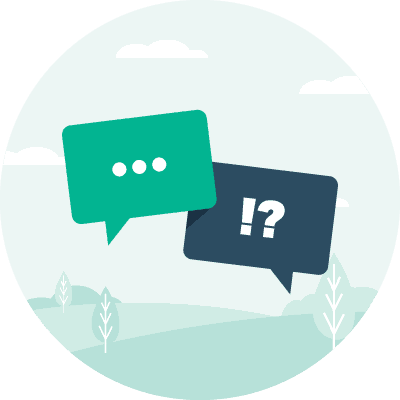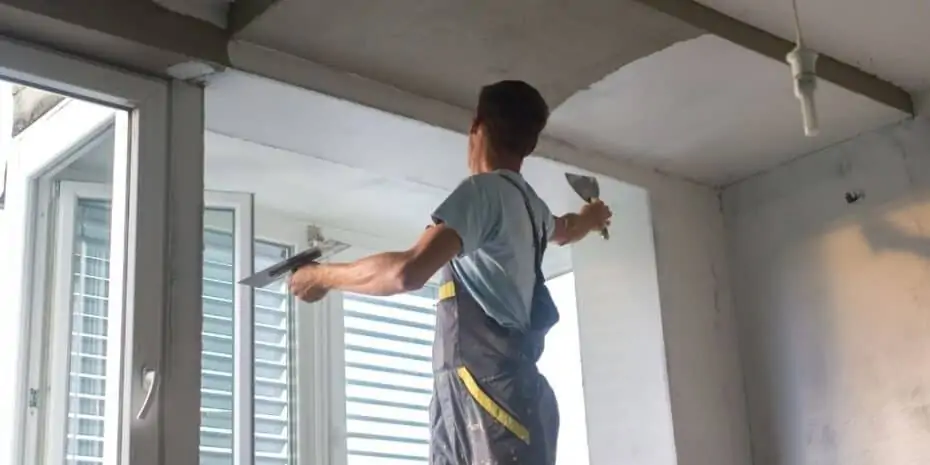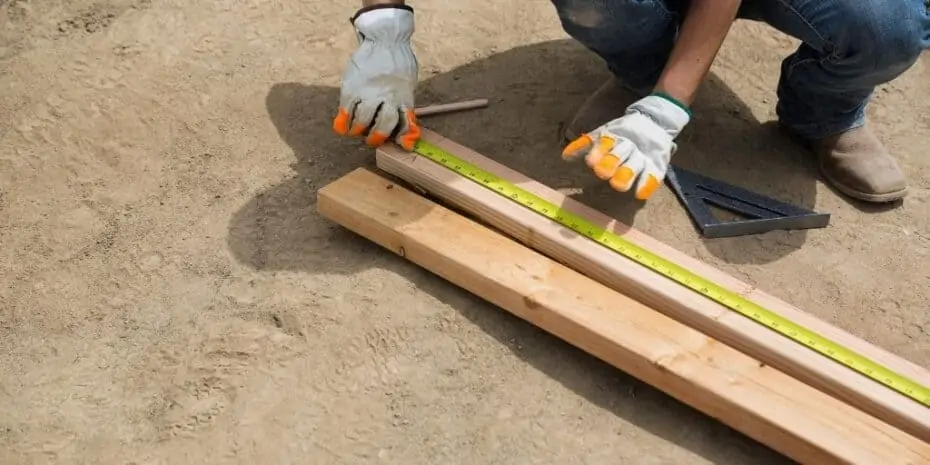What Is Sweat Equity?
REtipster does not provide tax, investment, or financial advice. Always seek the help of a licensed financial professional before taking action.
Understanding Sweat Equity
Simply put, sweat equity is the manual labor or work input that a property owner puts directly into a property to add value to the asset. It is so-called because this work is performed by the “sweat of one’s brow.”
Among house flippers, sweat equity is a way to save on costs. They will buy a property as-is, at a discount, make repairs and improvements to the property, and sell the property at a profit[1]. The value of the labor that goes into the home improvement constitutes the sweat equity in the property investment[2].
Sweat equity is not exclusive to real estate. It also refers to labor and time contributed by a stakeholder, such as a partner or an employee, that increases the capital of a business. While this is often compensated with company stock (which might lead to financial gain in the future), the equity itself is not monetary.
Calculating Sweat Equity
An investor or a seller can calculate the “theoretical” value of their sweat equity by subtracting the purchase price of a property, market fluctuations (appreciation or depreciation), and the total cost of the materials used to improve it from the final sale price[3].
In equation form, it looks like this:
Sweat equity = (Purchase price + market fluctuation + improvements) – sale price
Say an investor buys a property for $100,000. They renovate the property themselves, and upon collating all receipts, they find that the cost of all materials amounted to $10,000. During that time, the local market experienced a 10% appreciation, so the investor was able to sell the property for $150,000 a few months later.
In this scenario, the investor adds the original purchase price ($100,000), the market fluctuation (10% of $100,000 or $10,000), and the total cost of materials ($10,000), which puts their total investment plus appreciation at $120,000. When subtracting the $150,000 from the $120,000, what is left is a $30,000 profit—the theoretical value of the sweat equity the investor has added to improve the property.
Putting an exact value of sweat equity becomes more complicated when a partner teams up with a do-it-yourself house flipper (not necessarily a professional) to improve a property. The hiring party may simply pay the partner their hourly rate or base it on the value of sweat capital performed on the property on a pro rata basis.
How Sellers Can Leverage Sweat Equity
Besides property investors, real estate sweat equity appeals most to homeowners who want to sell their homes, especially those with do-it-yourself (DIY) and handyman experience.
Sweat equity offers an opportunity to build value by creating potential profit from the property’s sale. They can also use a percentage of their homeowners’ equity as collateral for a home equity loan or a home equity line of credit[4].
Many DIY projects can enhance property value through sweat equity. Owners can pick projects with a high cost-to-value ratio that can allow them to recoup a significant portion of their investment in labor and raw material.
Here are some improvements that can boost a house’s value[5]:
- Upgrading flooring (such as to a laminate or hardwood flooring or staining existing flooring).
- Updating lighting and fixtures.
- Repainting walls.
- Renovating the kitchen and bathroom.
- Improving curb appeal, such as landscaping.
- Replacing windows.
RELATED: 7 Home Upgrade Ideas for Under $1,000
Sweat Equity Strategies
Sellers who choose sweat equity to improve their property’s value must face some drawbacks inherent to this strategy. Here are some examples.
- Buyer preferences. It is better to stick to home upgrades that appeal to most potential buyers. Smart-home installations, for instance, may be popular with some buyers. Still, many are either intimidated or discouraged by these features due to security and privacy concerns[6] and the required learning curve.
- Timing. Sweat equity delivers the most profit if the property sells before the improvements depreciate[7]. Over time, such home improvements will be less of a factor in the sale.
- Impact on the household. For homeowners, embarking on upgrades while they are still occupying the house itself is disruptive. Renting a separate accommodation to avoid the disturbance is an additional cost that can defeat the purpose of the entire project.
Can You Buy a Home With Sweat Equity?
The short answer is that no housing plan allows the full purchase of a house with sweat equity. However, some mortgage programs[8] allow buyers with little cash to pay for down payment using sweat equity.
Here are some examples:
- Freddie Mac’s Home Possible®. This program allows the buyer to pay for a home for as low as 3% down payment in cash or sweat equity[9]. This goes up to 5% if the buyer purchases a manufactured home, however.
- Fannie Mae’s HomeReady®. The down payment is higher than Home Possible—5%—and not all of it can be used for sweat equity, only the 2%[10]. The remaining 3% should be sourced from the buyer’s own pocket.
- FHA loans. The minimum down payment for this program is 3.5%, of which 100% can be substituted by proper sweat equity valuation. FHA loans are among the most popular for first-time home buyers[11] due to their flexibility and low barrier to entry.
In addition, Habitat for Humanity is a charitable organization that harnesses sweat equity to promote homeownership and affordable housing[12]. It runs programs enabling buyers to accumulate volunteer hours working in Habitat for Humanity projects, which then applies to the down payment of a property. However, the property is limited to single-family homes, and the terms of the loan depend on the area the organization is serving.
Takeaways
Sweat equity measures the hard work an individual, whether a seller or a buyer, takes on to build or improve a property. As a form of capital itself, it can be used to raise the value of a property or as an alternative to payment (specifically down payment), to purchase property.
The concept of sweat equity is of prime importance to house flippers. Flippers, particularly those with DIY experience, use sweat equity to save costs that they would otherwise spend on hiring a professional to rehab a property. As a result, the investor enjoys a greater return on investment, theoretically equivalent to the sweat equity they have performed themselves.
Sources
- Fairley, J. (2017.) No Cash to Invest in Real Estate? Try Sweat Equity. Realtor.com. Retrieved from https://www.realtor.com/advice/buy/invest-in-real-estate-sweat-equity/
- Ericson, C. (2021.) What Is Sweat Equity and How Much Is It Worth? Rocket Mortgage. Retrieved from https://www.rocketmortgage.com/learn/sweat-equity
- Quicken Loans. (2021.) Sweat Equity: What You Need To Know. Retrieved from https://www.quickenloans.com/learn/sweat-equity
- Install-It-Direct. (n.d.) What Is Sweat Equity, and How Can You Build It in Your Home? Retrieved from https://www.installitdirect.com/learn/what-is-sweat-equity-and-how-can-you-build-it-in-your-home/
- Mizes, B. (2020.) 7 Ways to Build Sweat Equity in Real Estate. Clever. Retrieved from https://listwithclever.com/real-estate-blog/7-ways-to-build-sweat-equity-in-real-estate-investments/
- Lin, P. (n.d.) Disadvantages of a Smart Home. hunker.com. Retrieved from https://www.hunker.com/12435186/disadvantages-of-a-smart-home
- McWhinney, J. (2021.) 5 Mistakes That Can Make House Flipping a Flop. investopedia. Retrieved from https://www.investopedia.com/articles/mortgages-real-estate/08/house-flip.asp
- Lerner, M. (2020.) Sweat Equity Can Be a Pushup to Homeownership. The Washington Post. Retrieved from https://www.washingtonpost.com/realestate/sweat-equity-can-be-a-pushup-to-homeownership/2020/01/14/0aa01054-0a3c-11ea-8397-a955cd542d00_story.html
- Jensen, M. (2020.) Home Possible Mortgage Guide. FreeandClear. Retrieved from https://www.freeandclear.com/programs/freddie-mac-home-possible-mortgage-program-overview.html
- Fannie Mae. (2020.) What are the underwriting requirements for HomeReady? Fannie Mae Selling Guide. Retrieved from https://selling-guide.fanniemae.com/Selling-Guide/Origination-thru-Closing/Subpart-B5-Unique-Eligibility-Underwriting-Considerations/Chapter-B5-6-HomeReady-Mortgage/1033001751/What-are-the-underwriting-requirements-for-HomeReady.htm
- Ponder, C. (2019.) 11 First-Time Homebuyer Programs and Loans. LendingTree. Retrieved from https://www.lendingtree.com/home/mortgage/first-time-home-buyer-programs/#VAloans
- Habitat for Humanity. (n.d.) What Is Sweat Equity? Retrieved from https://www.habitat.org/stories/what-is-sweat-equity








